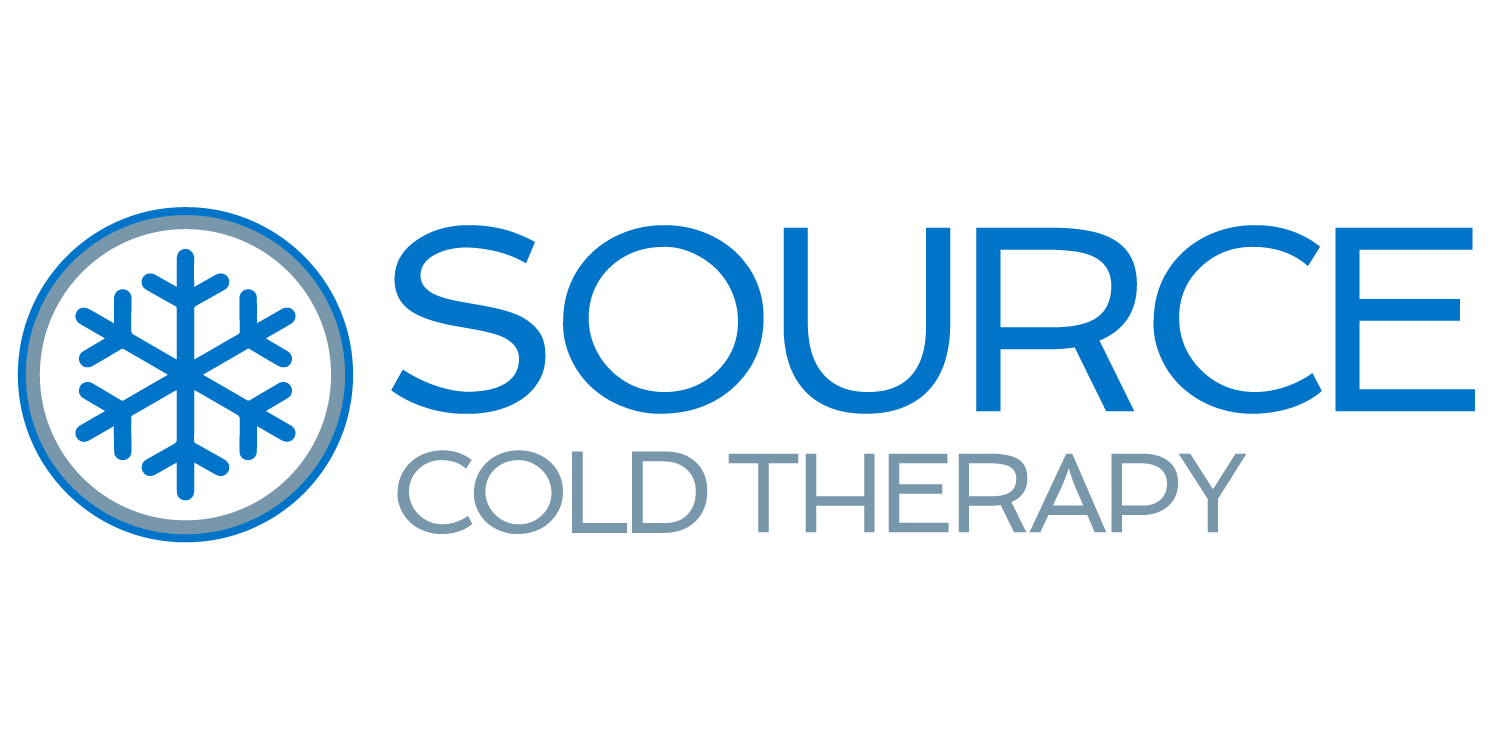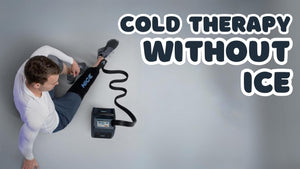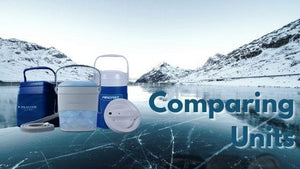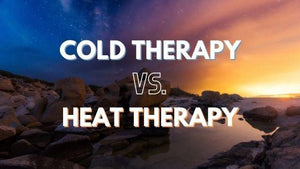Frequently Asked Questions
The Cold Road to Recovery
What is Cold Therapy?
Cold Therapy or Cryotherapy, is a proven method applied in medical and surgical techniques to reduce pain, inflammation, and expedite recovery. Cryo- derives from the Greek word "krous," meaning "icy," "cold" or "frost" and "cryo" "therapy" means "cure" or "treatment."
How does Cold Therapy work?
The affected area is exposed to extremely cold temperatures for several minutes causing blood vessels to constrict. This causes blood supply to flow to the most vital organs to relay more oxygen and nutrients. In turn, toxins and inflammatory components are removed and the less-toxic blood without inflammatory components is flushed back into the area after exposure. As a result, it alleviates inflammation, swelling and nerve activity, relieving muscle spasms, joints, and tendons of pain.
Why is Cold Therapy better than ice or gel packs?
Ice or gel packs get warmer as the injury transfers heat and it is difficult to completely cover the affected area. Cold Therapy devices enable consistent and controlled temperatures, allowing the therapeutic cold to penetrate deeper, last longer, and accelerate the healing process.
How long should you use Cold Therapy?
Upon injury, apply the treatment as soon as possible for optimal benefits. Complete the treatments for short periods of time (~10-15 minutes), several times throughout the day. Avoid exceeding 20 minutes of treatment to prevent any damage to the nerves, tissues, or skin.
Cold Therapy Facts
• Ankle sprains can heal 3 days faster (from 10 days to 7) with cold therapy.
• According to the International Journal of Sports Medicine, cryotherapy helped reduce muscle pain in 80% of the observed studies and improved athletic recovery and performance in 71% of the studies.
• Cryotherapy is used during heart surgery to put the body in a hypothermic state and stop the hart without it resulting in brain damage.
• According to the Gate Control Theory, when cold therapy is applied over a painful area, a different sensation is sent to the brain. As signals travel from the skin to the spinal cord, the cold sensation blocks the pain signal from reaching your brain. As a result, your perception of pain is blocked.
What is Cold Therapy used for?
Heart Surgery
The patient's body is placed in a hypothermic state while the open heart surgery is under progress. This in turn aids in slowing down body processes and allows the heart to be stopped without it resulting in brain damage.
Post-Surgical Rehabilitation
Cold Therapy helps patients regain normal function at a faster rate after soft tissue trauma.
One-Time or Repetitive Strain Injuries
Including bruises and sprains, carpal tunnel, tendonitis, trigger finger, cubital tunnel syndrome, shin splints, plantar fasciitis, and arthritis.
Sports Medicine & Post-Exercise
Faster recovery improves range of motion and stability for the next training session.
Skin Problems
Including dermatitis, cysts, tumors, warts, lesions, etc. and also improves skin tone and complexion
Additional Pain Relief
Including headaches, migraines, nerve irritations, and certain mood disorders.





